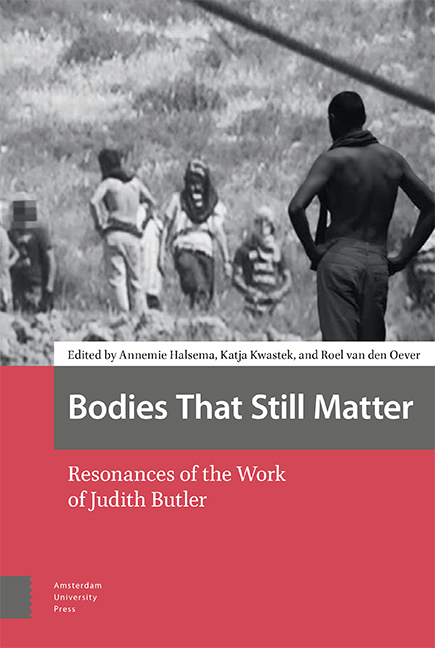Santiago Sierra’s Workers Who Cannot Be Paid: Precarious Labor in Contemporary Art
Published online by Cambridge University Press: 27 May 2021
Summary
Abstract
Since the late 1990s, the artist Santiago Sierra has hired people from socially deprived milieus to perform physically exhausting acts. With Judith Butler's concept of precariousness, Sierra's controversial artistic practice emerges as an attempt to make visible two central dimensions of today's working world: work as a technique that either substantially minimizes or maximizes the precariousness of bodies, and the global inequality that is expressed through different modes of work and precarity. Butler's theory helps to grasp Sierra's artistic practice and his critique of the modern world of work and at the same time locates possible new forms of resistance.
Keywords: Santiago Sierra, precarious labor in art, delegated performance, global injustice
In 2000, Spanish Artist Santiago Sierra was invited to install a solo show at the KW Institute for Contemporary Art in Berlin. For Workers Who Cannot Be Paid, Remunerated to Remain Inside Cardboard Boxes, he recruited six asylum seekers from a local asylum seekers’ home who were willing to participate in his work by sitting inside cardboard boxes for four hours a day during the six-week period of the exhibition. Sierra had already worked with this concept twice before, in Guatemala City (1999) and in New York (2000). There the participants, mostly illegal workers or people with migration backgrounds, received a salary that was matched to the country's minimum wage. In Berlin, the situation was different. Here, the actors were considered as “workers who cannot be paid.” Due to their legal status and the restrictions of the German Asylum Law, they were not allowed to work – any violation of this law could eventually turn into a justification for deportation (Goerens 2003, 31). In order to remunerate them regardless, Sierra paid them “in secret,” as he noted on his internet page (Sierra, n.d.).
Employing people who are willing to “work” for very little money, undertake physically demanding actions, risk the socio-political conditions of their lives and enter precarious labor relations, has been a central strategy in Santiago Sierra's work since the late 1990s (Medina 2000; Sileo and Henke 2017). Yet, the artist presents the actors’ labor by means of a precariousness that most of today's critical theories have proven inadequate to address.
- Type
- Chapter
- Information
- Bodies That Still MatterResonances of the Work of Judith Butler, pp. 127 - 138Publisher: Amsterdam University PressPrint publication year: 2021

